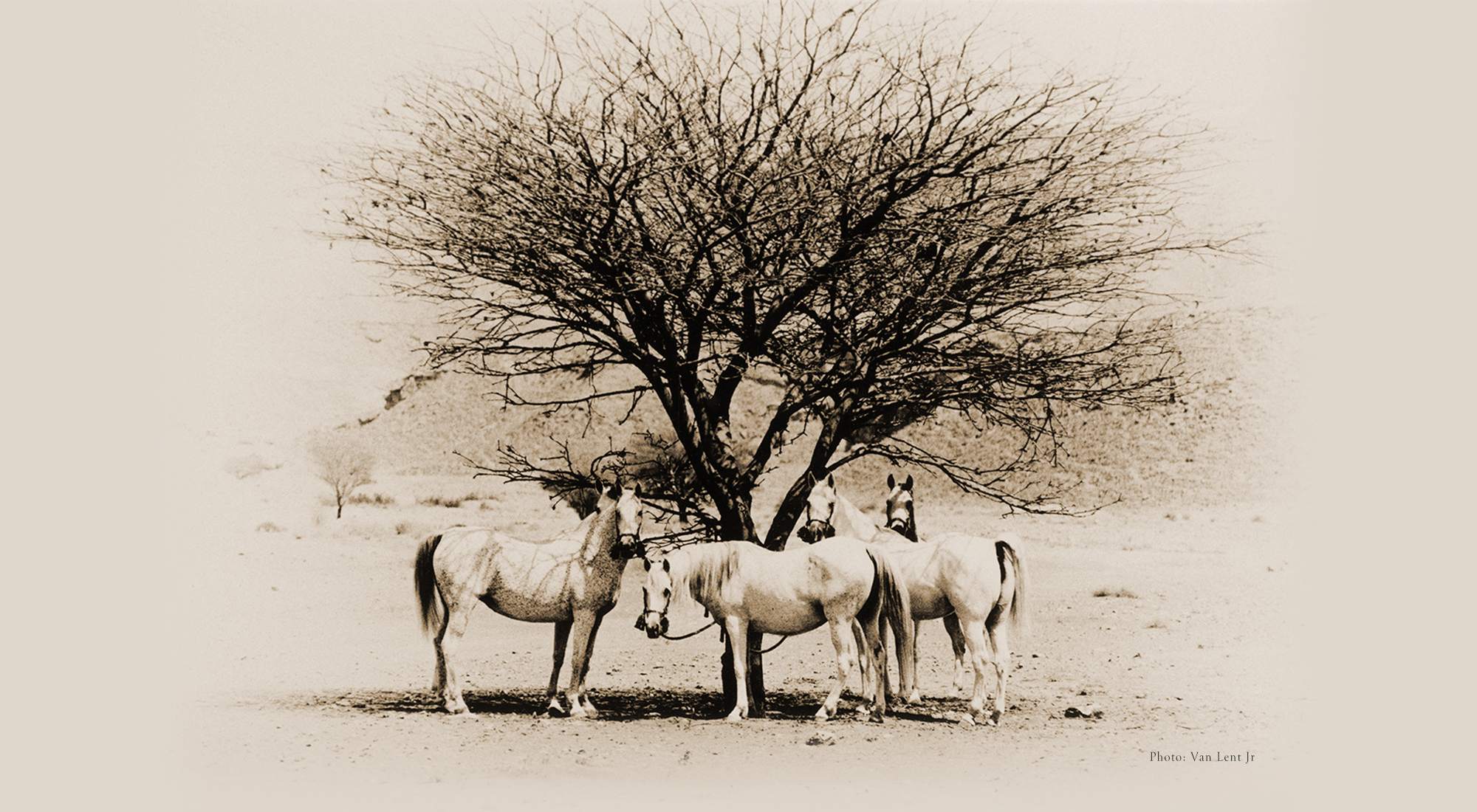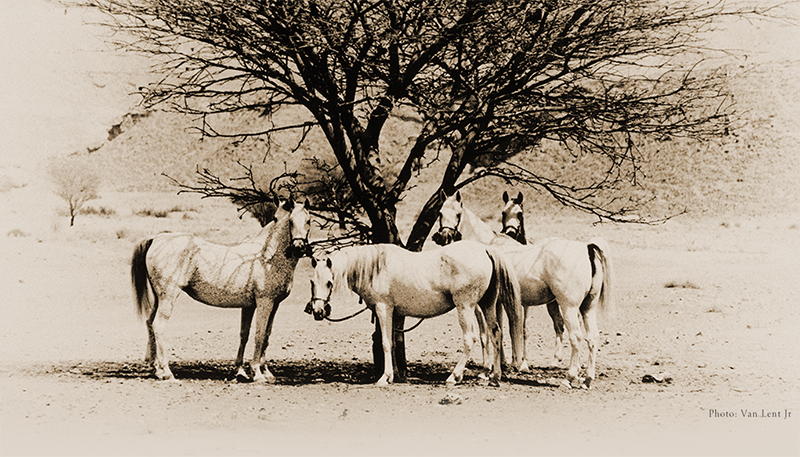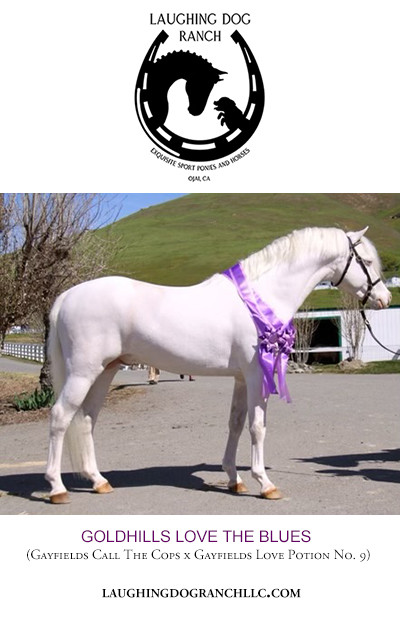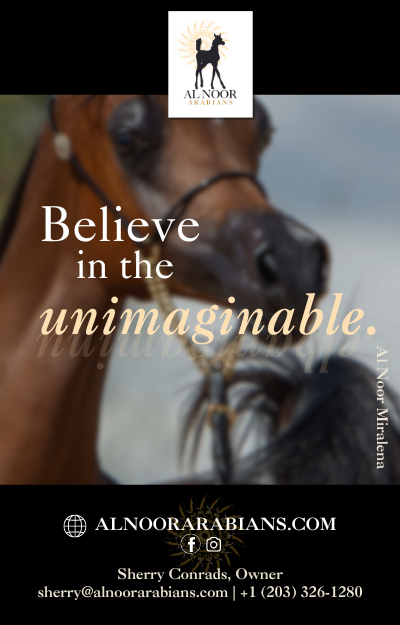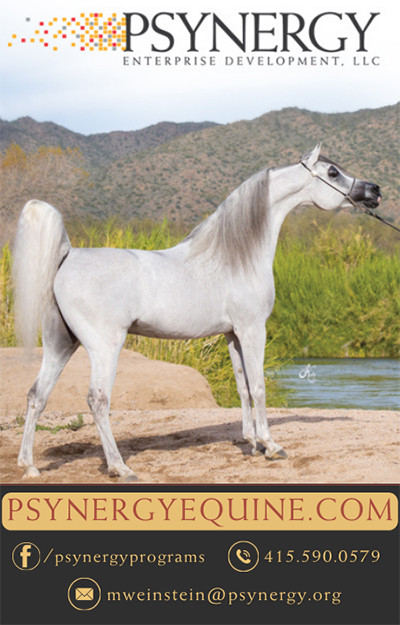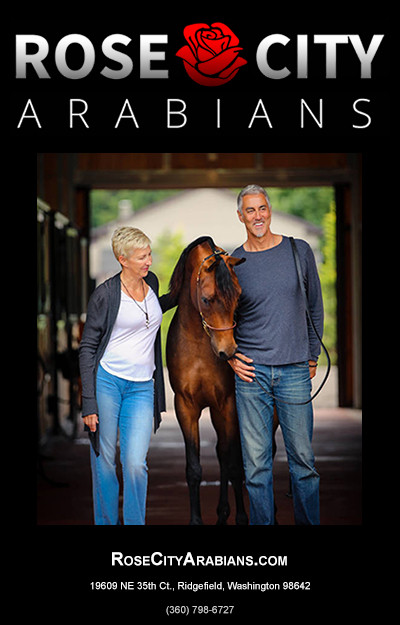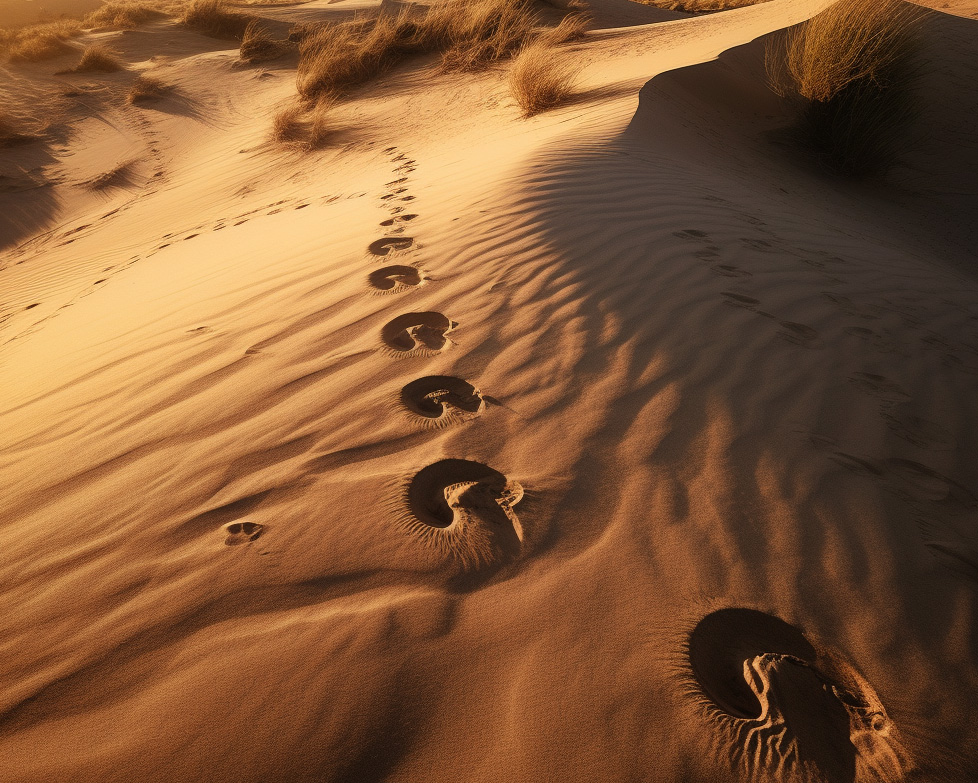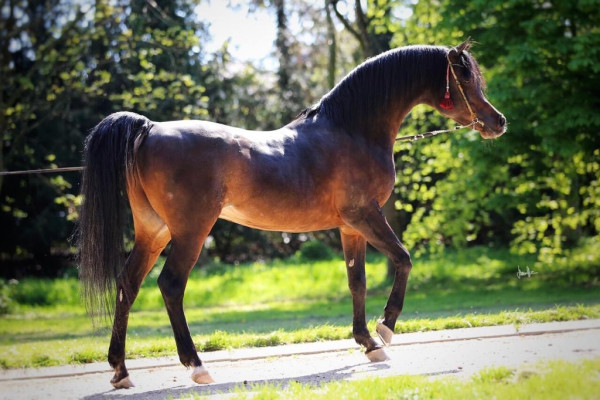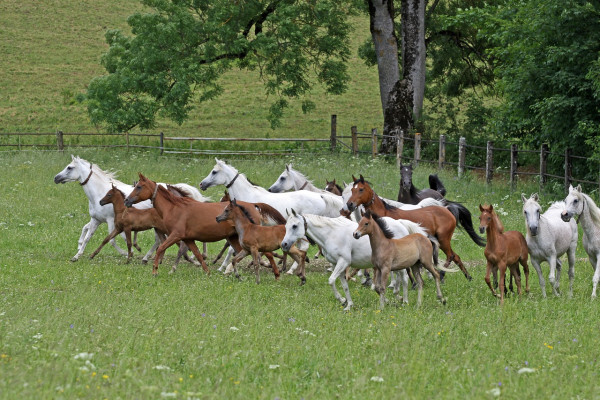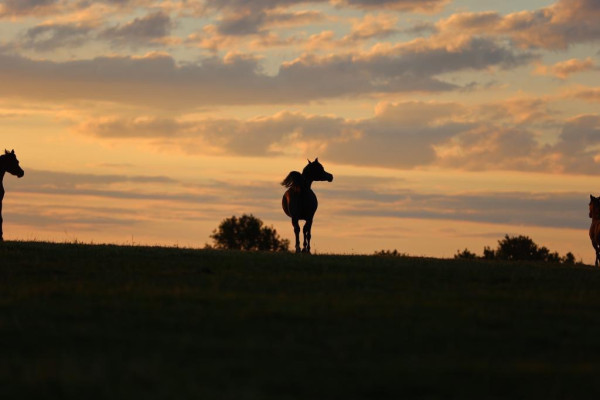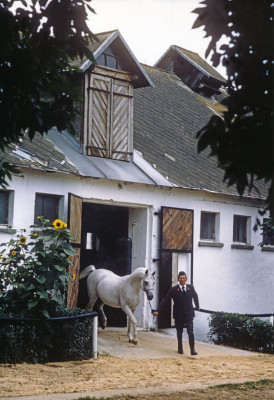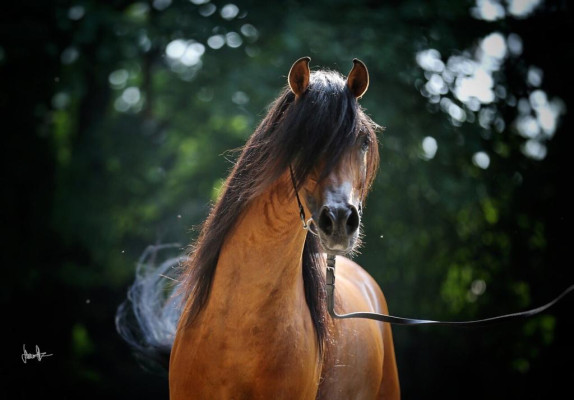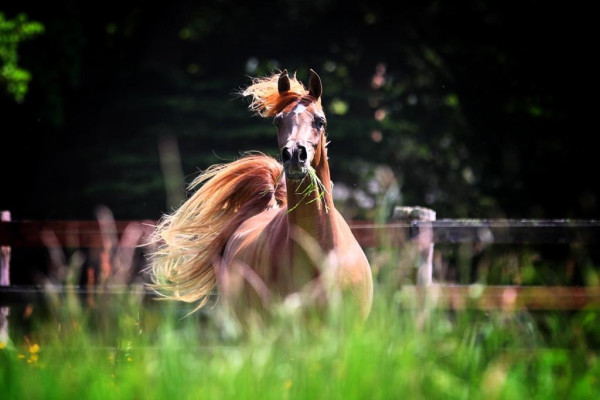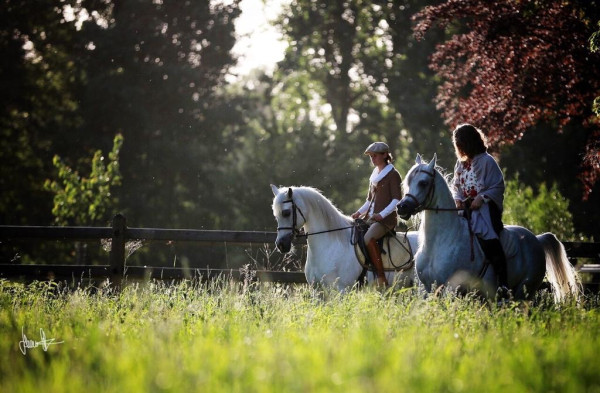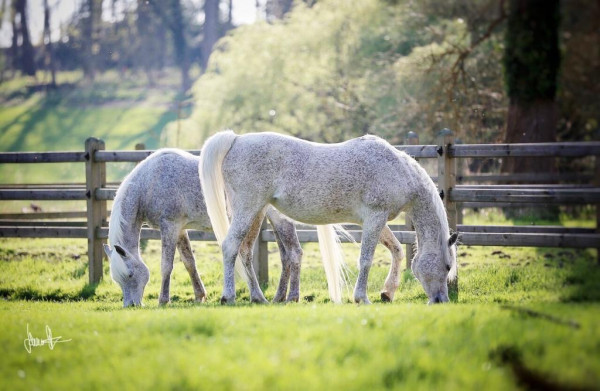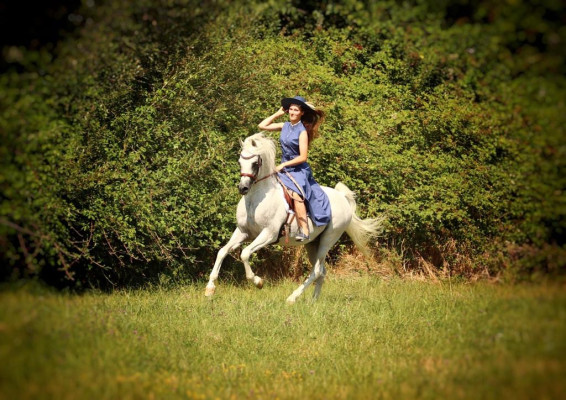Raising The Young, Part I
by Johanna Ullstrom
When a foal is born, we are responsible for so many parts of its future. Actually, far before the foal is born we make the choice of stallion — he should match our mare in the best possible way, not only in looks, but in mentality, stamina, structure and health as well. We also have to feed the mare in the best way, and keep her healthy, stress free and fit.
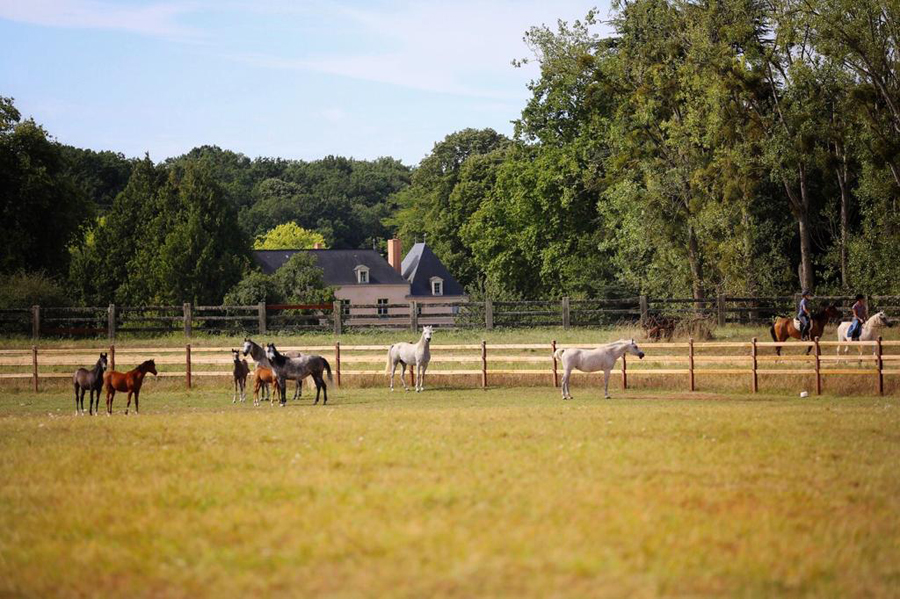 Heaven on earth for horses … and people, too. Jeremy Malou and Johanna Ullstrom’s farm in in La Fleche, France, is as much a breeding and training center, as it is a loving think tank for giving horses the best life possible.
Heaven on earth for horses … and people, too. Jeremy Malou and Johanna Ullstrom’s farm in in La Fleche, France, is as much a breeding and training center, as it is a loving think tank for giving horses the best life possible.
The mare should trust in us, and crave our company. But if she doesn’t we can win her over with a lot of love and care during pregnancy. Her attitude towards us will be reflected in her foal from the very first day. When she’s calm and content, not defending her foal from us, it will become perfectly normal for the foal to have us around. We get so much for free when the mare helps us show her foal that we have good intentions and there is nothing to worry about!
We never go to sleep after a mare foals until we know the foal has been drinking a good amount of milk, can find the udders without assistance, has been pooping well, and the mare has released the afterbirth, that is also checked thoroughly to make sure that it is intact without cuts or missing pieces. We also check the colostrum level in the foal with a blood test approximately 24 hours after birth. We prefer to check the foal than the quality of milk, as it is most important that the foal has absorbed the colostrum. In case the level is not high enough, we always give plasma. Also, we always freeze milk from mares that we know have a lot of good quality milk, in case other foals are in need, or in case a maiden mare is not letting the milk down right away. But we try to focus on lines that have good mothers with much and rich milk.
We get so much for free when the mare helps us to show her foal that we have good intentions and there is nothing to worry about!
The next morning, the mare and foal will go outside. They will have their own paddock, with mares and foals on the other side of the fence. We like the foal to move a little and unfold/straighten its legs, and take deep breaths when running a little. We believe it is very good for them, as it stimulates their whole system – they get to try the use of their senses and reflexes, and a first introduction to using their limbs, ligaments, tendons, muscles and hoofs, as well as heart and lungs. It also stimulates the intestines to move around, and can help pass any remaining meconium. It also benefits the mare to move around as soon as possible after foaling – running a bit, and especially with other horses close by, so she can feel protective of her foal. The exercise can also help empty her uterus before breeding again. When a maiden mare is not confined in a stall, her natural reflexes of protecting/following/guiding her foal, are stimulated.
After one or two days, the newborn with mother will join the other mares and foals, for socialization, and they are turned out each and every day, even in less good weather, if it’s cold and wet, we keep them out for shorter periods. They come in before the foals want to lie down to rest, and might go out a second time, with some naps in the dry straw in between.
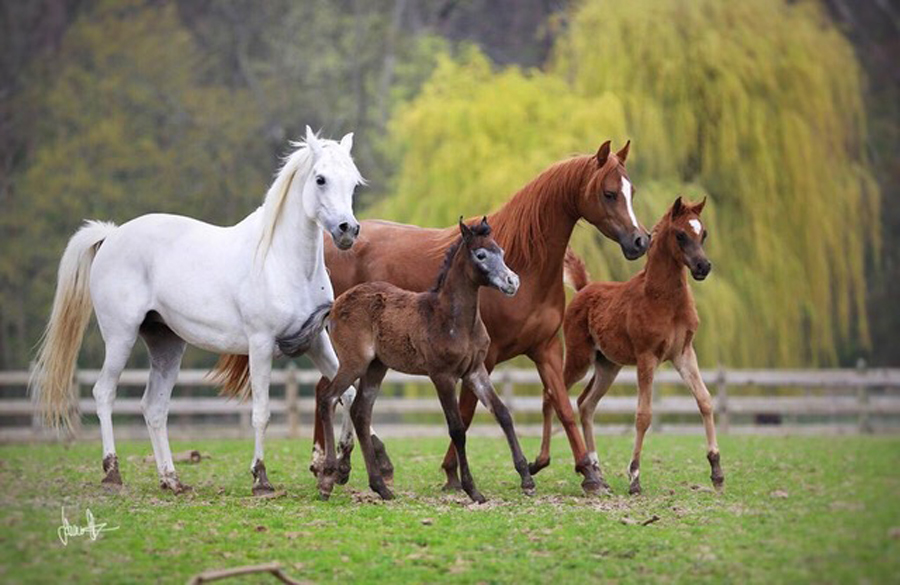
The very first days of a foal’s life, mare and foal get to bond and get to know each other as much as possible, with peace and quiet. But there is also room for us to introduce ourselves for five minutes here and there. The foal (and the mare, of course) get some soft interaction with us. Little scratches on good places. Touching everywhere, also legs, and already lifting them a little. A little halter is tried on as well. We like these things to be a normal part of life for the foal, while it’s small and before it develops the natural suspicion to the unknown, like flight animals do, we like to become a part of the known and normal.
Each and every year, I amazed and speechless at how fast they catch and hold on to the fact that we can "kind of" communicate, and that they have a chance to express themselves too. They open every door and window, and welcome us in.
When mare and foal are turned out, we always lead the foal, from the very first day. We do not attach the rope to the halter right away, but instead, make an “eight” around its body, with the rope. This means one loop goes behind the foal’s butt (between hocks and tail = not too low, not too high). The other loop goes in front of the foal, around the chest (again, not at the neck and not at the front legs, but at the start of the chest. The rope will cross at the withers, and there, it’s a perfect place to hold the foal and guide it when walking. The foal learns to start and stop already the first days of its life, and to accept this as perfectly ok. Soon, we can attach the rope to the halter, still with the safety of the “eight” loop, which helps to keep the foal safe if it bounces, wants to run backwards or forward, and meanwhile gently learning the cues of starting and stopping with rope and halter. It is usually easy and smooth to teach the foal to walk in-hand without pulling or pushing, and on a loose lead rope.
When taking the foals inside, we do the same. No foal will come inside without being attached to a human. They learn that it takes a human and a halter to get in, and if it takes 5-10 minutes longer with some of the foals for a few days, we earn this time back a hundred times once the foals are weaned and know they should come to a human in order to have lunch/dinner/other activities.
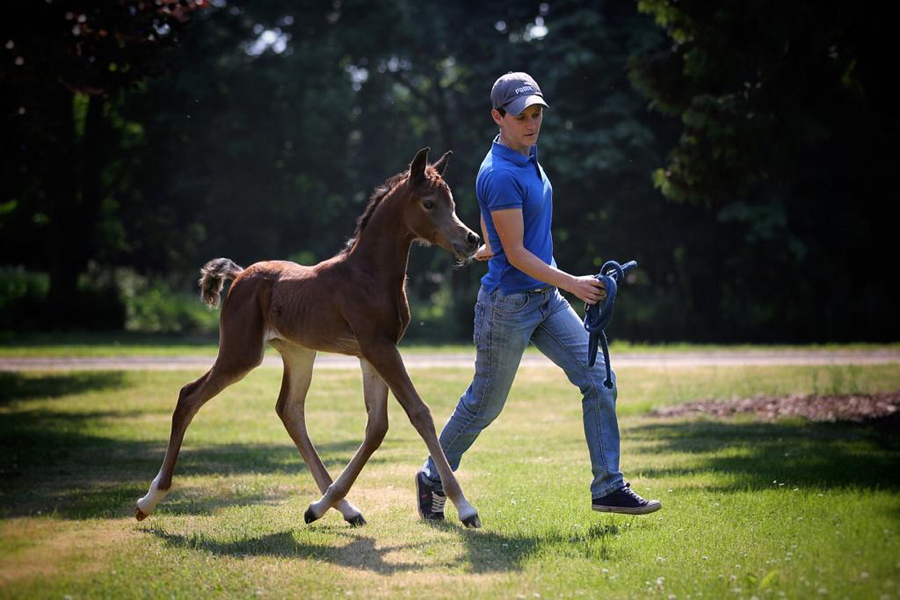 Once a young horse assumes we are great, very little convincing is needed. But once it assumes we are full of bad surprises or confusing behavior, we will have to prove the opposite each and every time. We save so much time by showing them we only have good intentions.
Once a young horse assumes we are great, very little convincing is needed. But once it assumes we are full of bad surprises or confusing behavior, we will have to prove the opposite each and every time. We save so much time by showing them we only have good intentions. At our farm, the foals stay outside in grass paddocks for half a day during the first two weeks of life. From the third week, they start to be outside all day, to play, run, sleep, explore and learn how to interact with other foals, and to respect and watch out for grumpy mares, the introduction to herd life. It’s also time to experience views and sounds like tractors, dogs, airplanes, different surfaces and weather.
We continue with handling a few minutes here and there, to lift legs, touch ears, scratch and hold around their bellies, lift the tail, scratch on favorite places, put a finger in the mouth to imitate dewormers, etc, and other things, gently and with love. We try to make the foals love the moments spent with us, while they learn to be good citizens.
Once they have reached about 4-6 weeks of age, we like them to try real herd life, and they get to stay outside for some periods, in very big pastures and bigger herds; there are shelters where they can rest if they like, or hide during rainstorms. Sometimes, we can find five or six foals snoring in the shelter, all alone, while their dams are in the far end of the pasture, grazing!
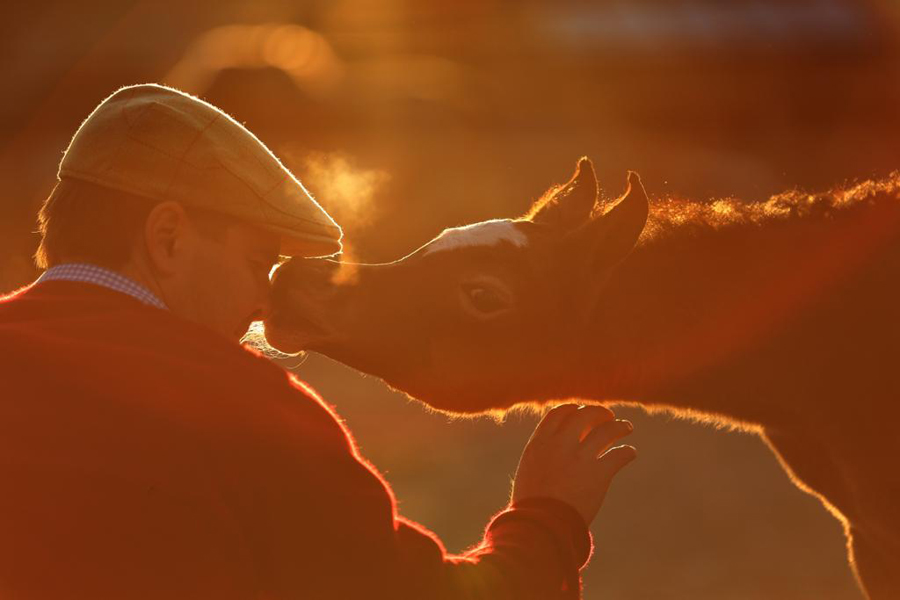 We try to make the foals love the moments spent with us, while they learn to be good citizens.
We try to make the foals love the moments spent with us, while they learn to be good citizens.
We also mix ages, so that some yearlings and other young horses, as well as mares with no foal at side can stay in the herd. This requires the pastures to be of good size, so that no horses will be bullied or cornered, and they can create and enjoy little teenager groups when they want. We believe that this is an excellent preparation for life, and we often see teenager fillies acting as babysitters for a group of sleeping foals. They get used to the young, and all the horses learn to maintain their natural behavior, body language and expressions around other horses.
Many times, we have had new arrivals to the farm that know perfectly well how to communicate withand read other horses. But it is not uncommon for new arrivals that did not grow up in a natural environment to have no clue how to act around other horses, or in a pasture or group. These horses, who can’t communicate well, are often rejected by the group until they learn how to behave, while communicative horses are accepted and liked much faster.
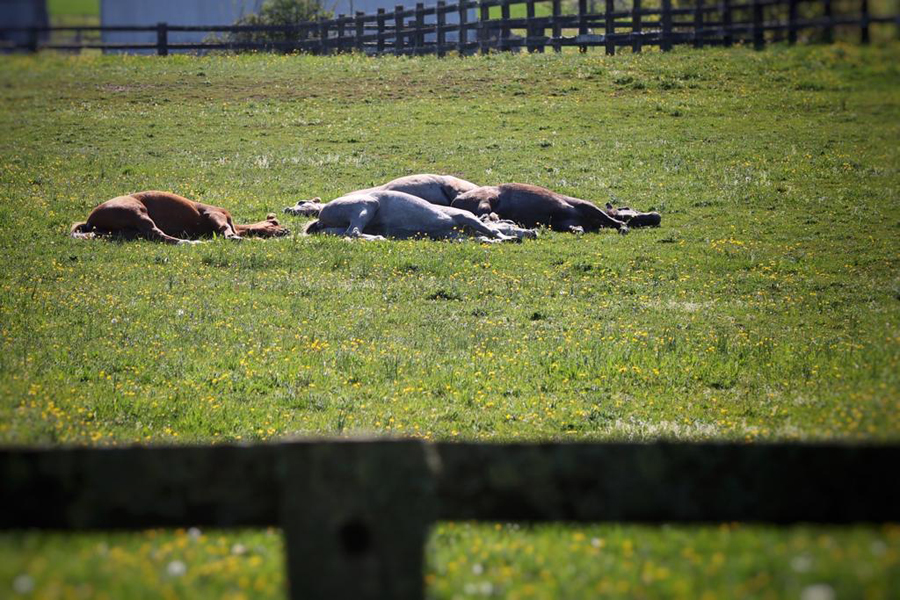
Once the foals start to stay outside for a while, we leave them untouched, as it is the time for them to learn from the other horses of all ages. Twice per day, they get monitored and examined/touched to make sure they are healthy and happy with no scratches or injuries, for the rest, they learn about nature and herd life. By this time, they are tame, loving and social, and it is usually difficult NOT to catch them, and usually, when walking out of the pasture, there is a trail of foals following, all the way to the gate, only returning to the herd once they do not see us any more.
This time in pasture makes the foals strong and healthy. We believe it has an impact on bone density, ligaments and hoofs, as well as heart and lungs. The foals are well muscled, and they combine sleeping flat out in groups, with playing/running wild, also on comparatively hard ground, and because of the big pastures they can run straight until they are tired, without fences forcing them to run in circles.
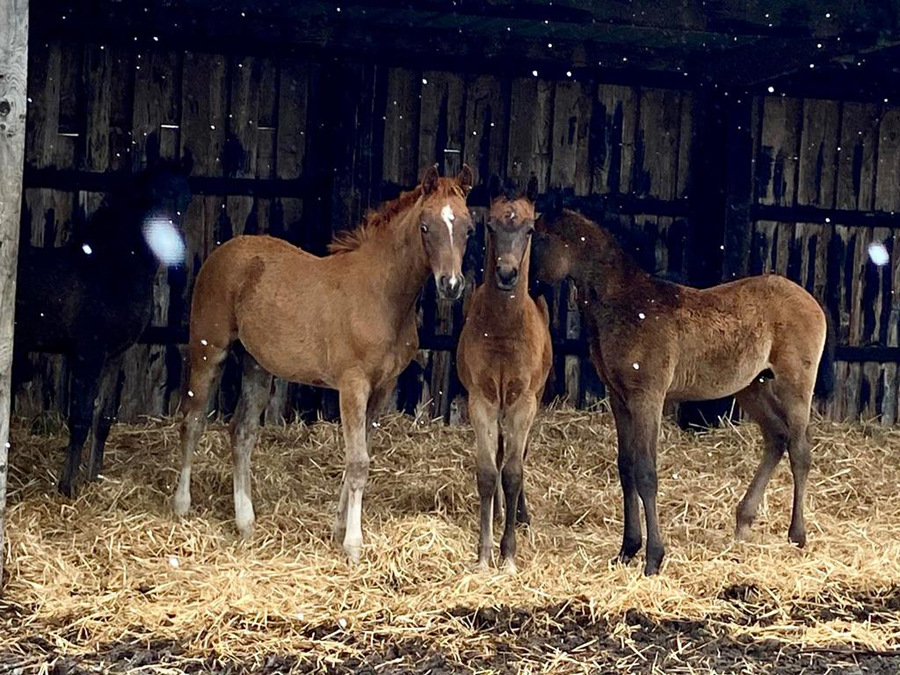
The colts (and also fillies of course) learn to keep a distance from those mares that will pinch a piece of skin out of their butts, which saves so much trouble in the future – they will all know very well what one ear back, or one hind foot lifted means, and it can save them from arguments in the future!
…we like to become a part of the known and normal.
Also at feeding time, when mares are fed outside, the foals will learn respect and good behavior. The mares are almost always amazing, careful teachers, not only to their own foals, but also to the other youngsters in the group.
When we have visitors to our farm, we try to do pasture walks as much as we can, so our foals also get the chance to interact with strangers, to discover that other humans besides their two-legged family members, can be lovely and nice as well.
We try to do a rotating system, so the older foal gets to be both outside, and sleep inside with some extra handling again, some need more, they are all different in personality of course, and we try to adapt to them, so that every foal gets a wonderful childhood.
No matter if we plan to keep or sell, we love our homebred youngsters to promote themselves, us, their pedigree and the whole Arabian breed in the best possible way, and we make no distinction between a colt who will be gelded or a filly who might be a potential superstar, the raising from birth is identical.
In the next chapter, I’ll share our way of weaning, and the period after weaning!


